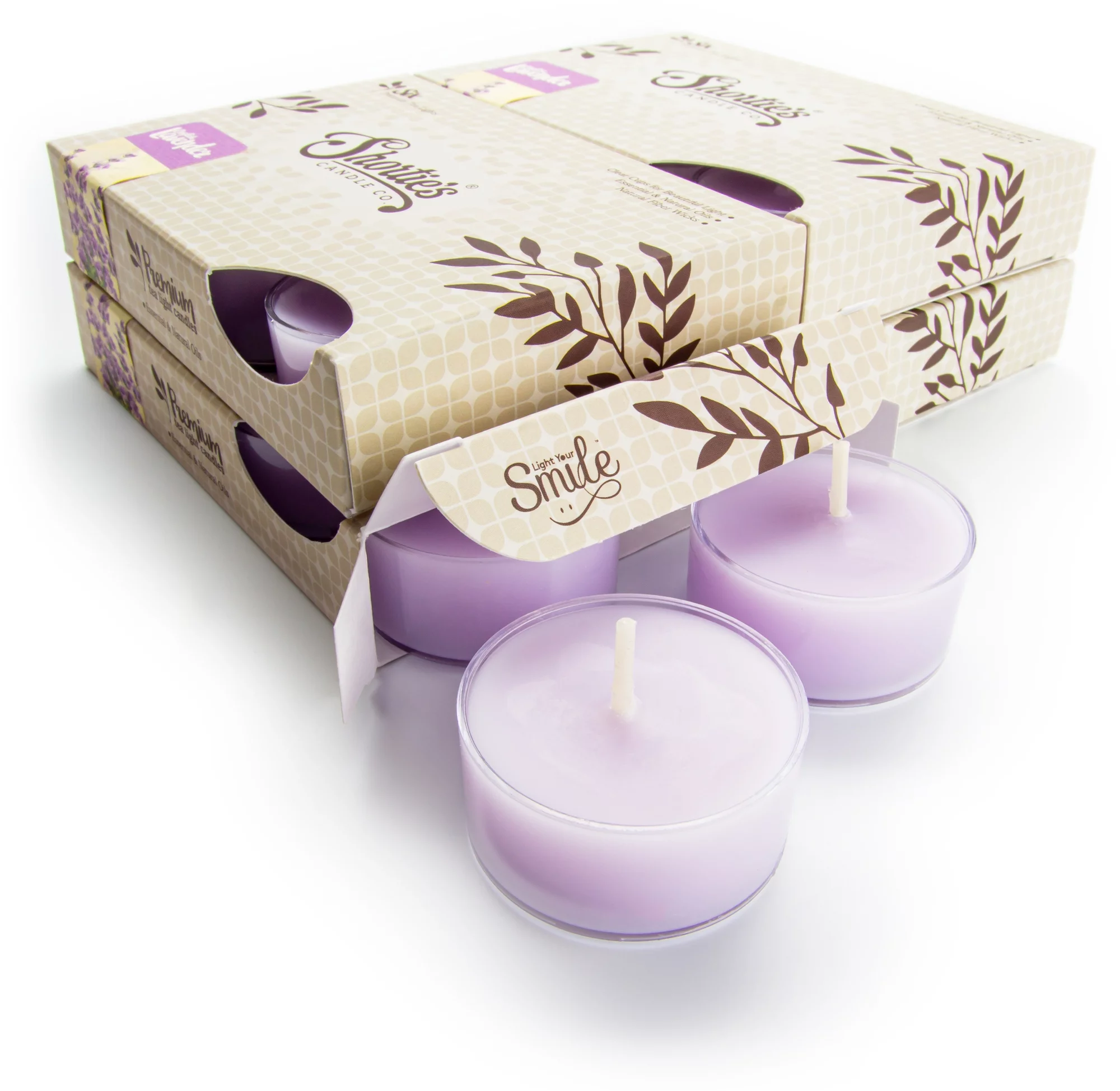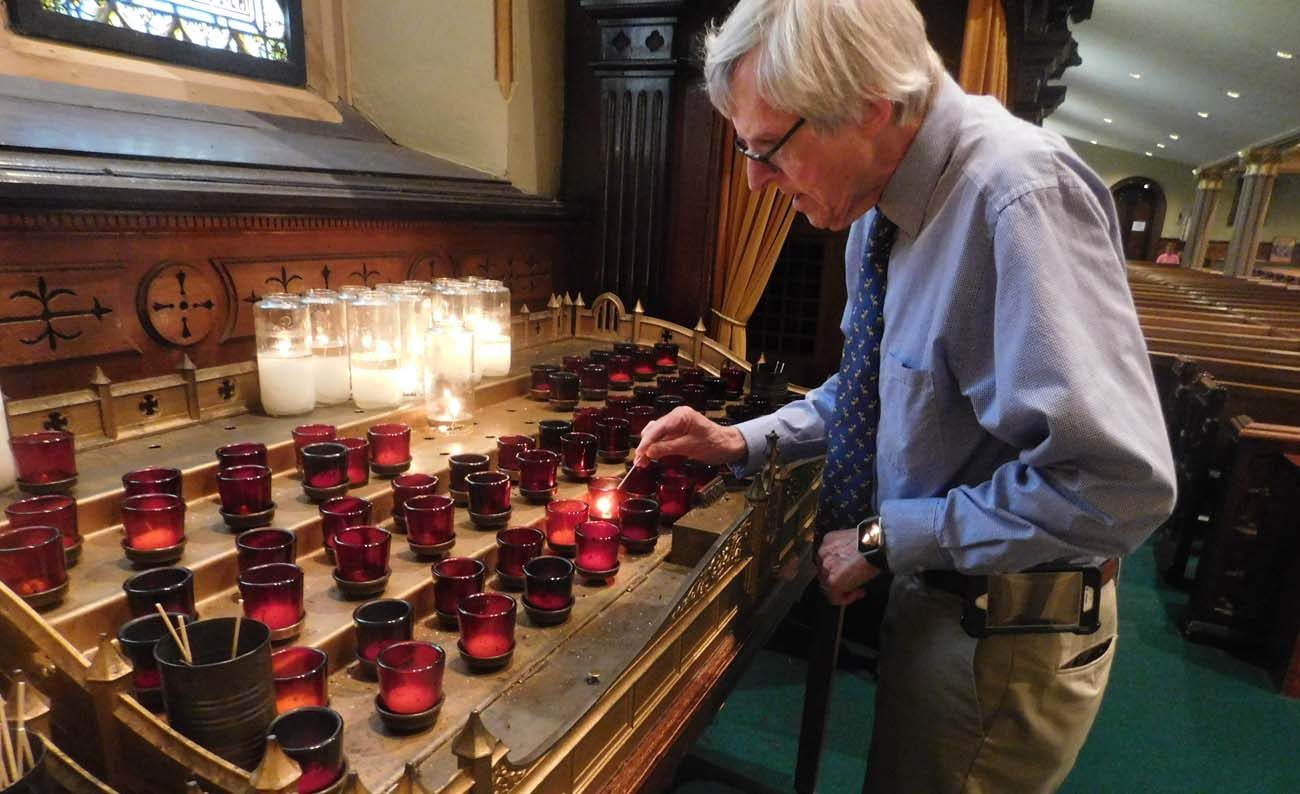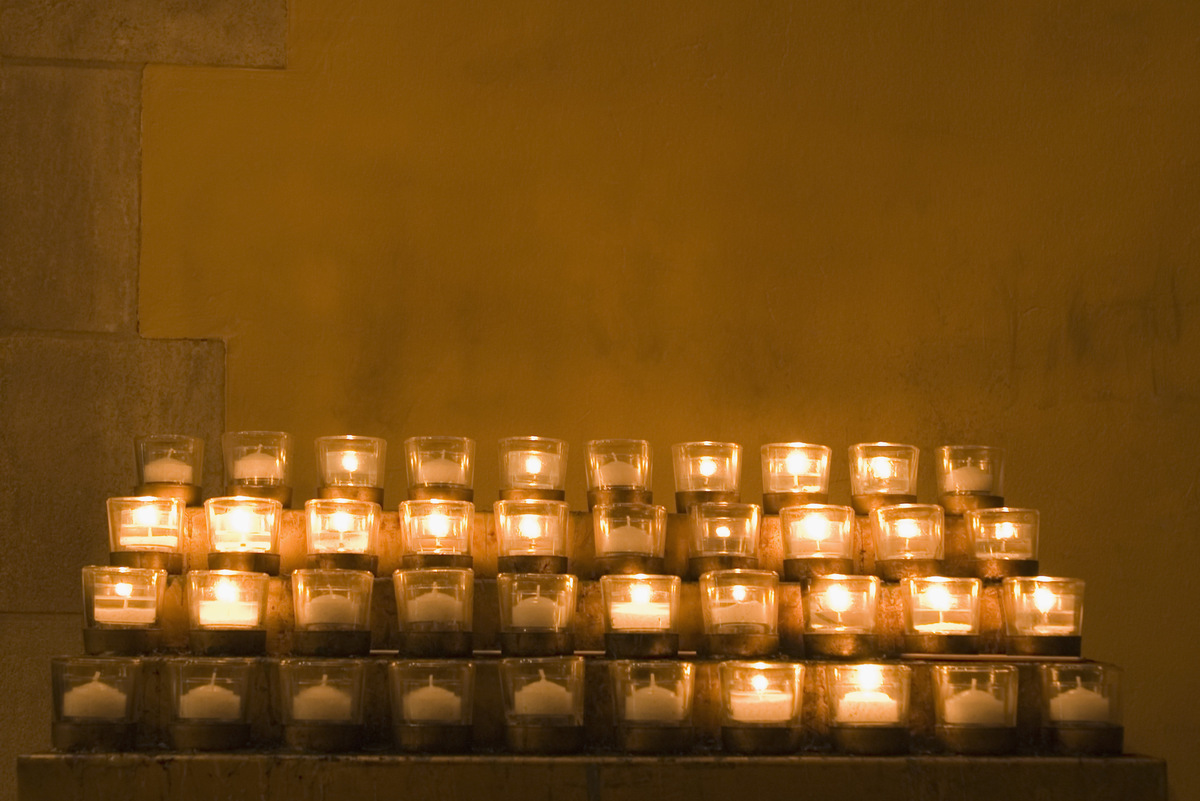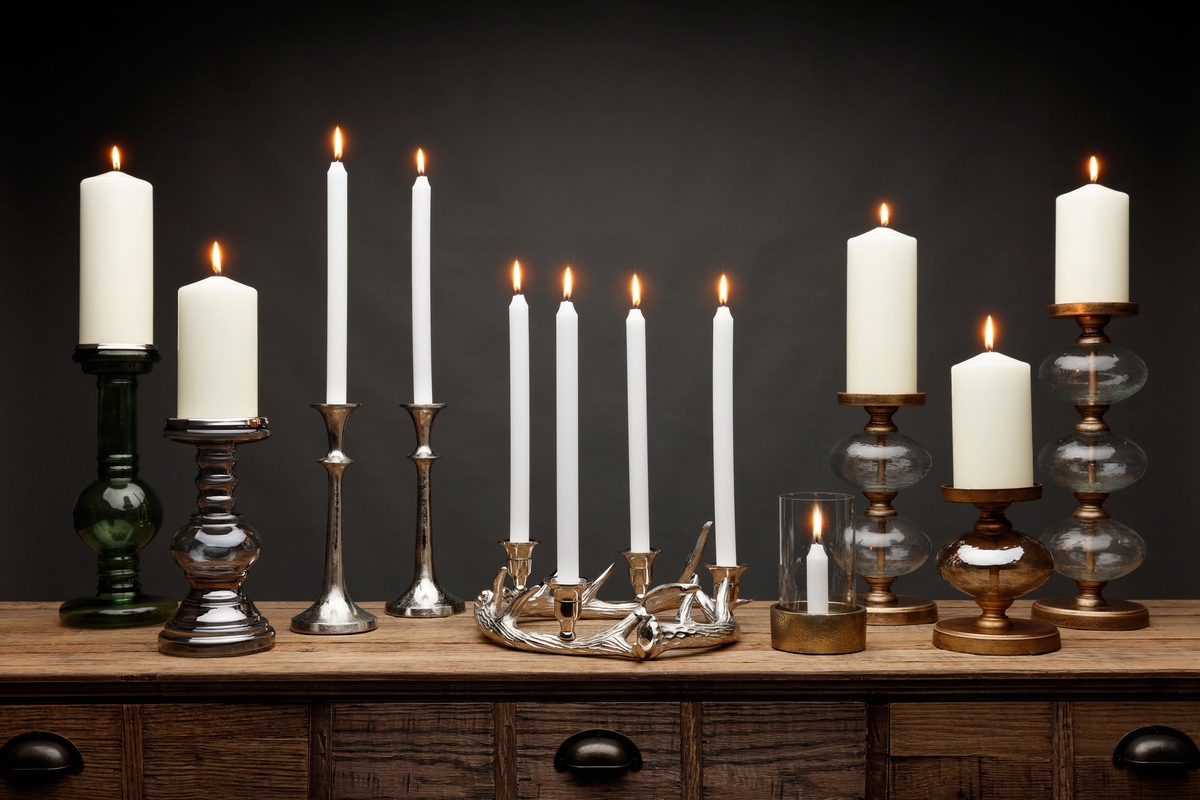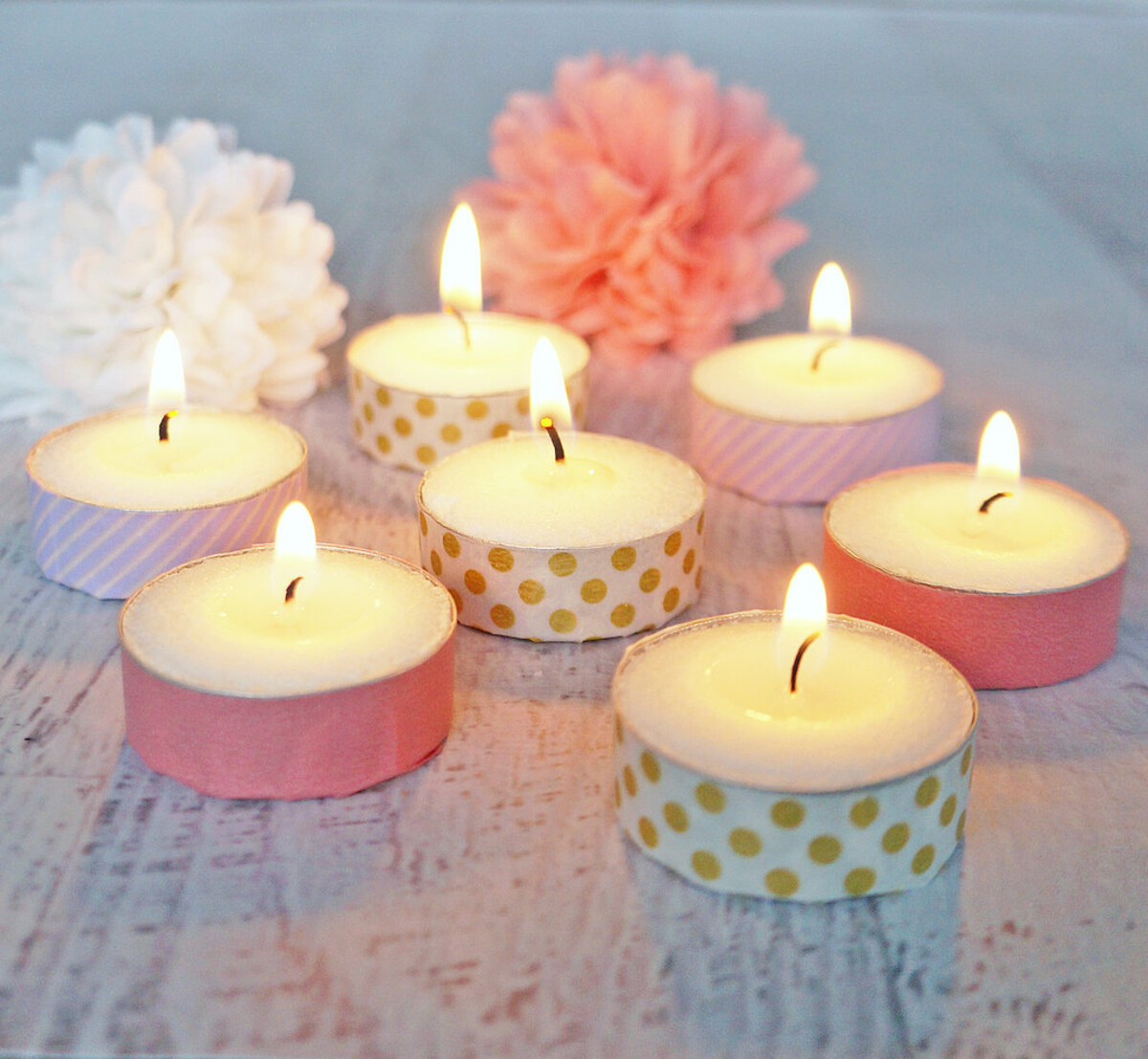Home>Articles>What Is The Order Of Lighting Kwanzaa Candles?
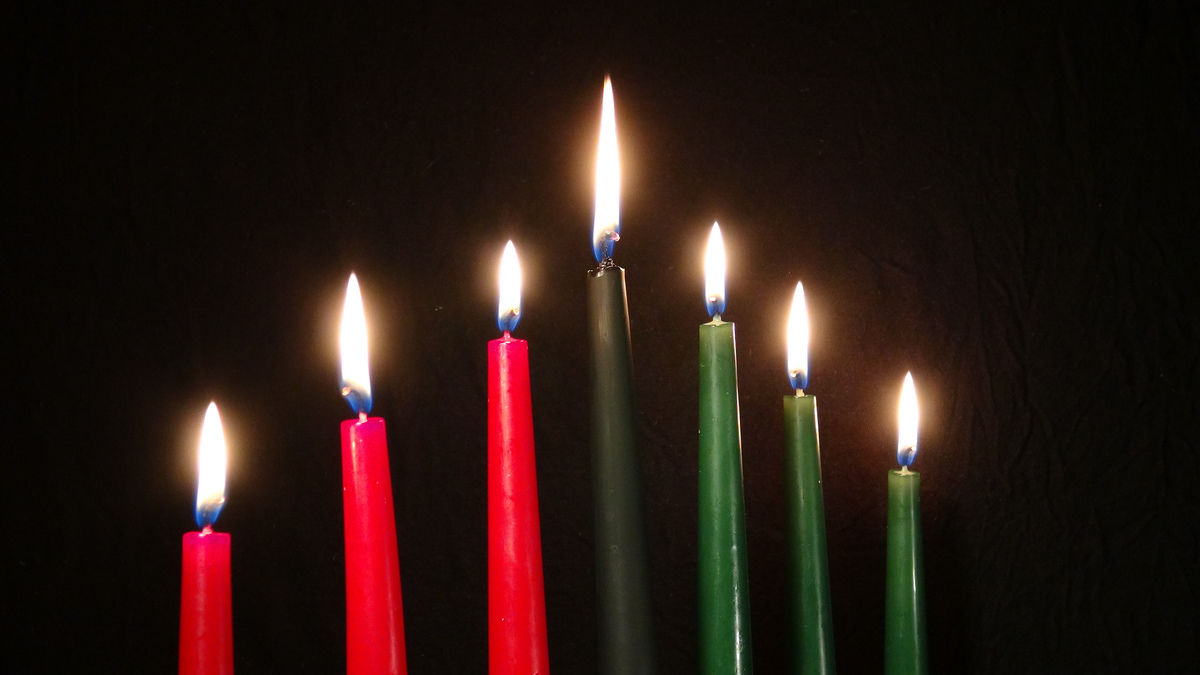

Articles
What Is The Order Of Lighting Kwanzaa Candles?
Modified: October 20, 2024
Learn about the order of lighting Kwanzaa candles and the significance behind each one. Read our informative articles on this important celebration.
(Many of the links in this article redirect to a specific reviewed product. Your purchase of these products through affiliate links helps to generate commission for Storables.com, at no extra cost. Learn more)
Introduction
Welcome to the world of Kwanzaa, a seven-day celebration of African culture and heritage. Kwanzaa is a time to reflect on the values and principles that are important in the African diaspora and to honor the rich traditions of the past. One of the central aspects of this celebration is the lighting of the Kwanzaa candles. In this article, we will explore what Kwanzaa represents, the significance of lighting candles, and the specific order in which the candles are lit.
Kwanzaa was first established in 1966 by Dr. Maulana Karenga, a professor of African Studies, as a way to bring African-Americans together to celebrate their cultural roots and to strengthen their sense of community. Derived from the Swahili phrase “matunda ya kwanza,” meaning “first fruits,” Kwanzaa is celebrated from December 26th to January 1st.
The primary purpose of Kwanzaa is to honor and reaffirm seven core principles known as the Nguzo Saba. Each day of the celebration is dedicated to one of these principles, which include unity, self-determination, collective work and responsibility, cooperative economics, purpose, creativity, and faith. These principles serve as a guide for living a meaningful and purposeful life.
Lighting candles is an integral part of the Kwanzaa celebration. The candles represent the values and principles of the Nguzo Saba, and the act of lighting them symbolizes the illumination of the path towards a brighter future. Each candle represents a specific principle and is lit on its corresponding day during the seven-day celebration.
In the next sections, we will explore the order in which the Kwanzaa candles are lit and the significance of each candle, offering a deeper understanding of the rituals and traditions associated with this meaningful celebration.
Key Takeaways:
- Embrace the principles of unity, self-determination, and collective responsibility through the symbolic act of lighting Kwanzaa candles, fostering personal growth and community empowerment.
- The order of lighting Kwanzaa candles represents the core principles of unity, purpose, and faith, guiding individuals on a journey of self-reflection and cultural celebration.
Read more: How Many Candles Does Kwanzaa Have
The Meaning of Kwanzaa
Kwanzaa holds deep significance for many individuals and communities in the African diaspora. It serves as a powerful reminder of the importance of embracing one’s cultural heritage, celebrating unity, and fostering a sense of pride and identity. This celebration is not religious in nature, but rather a cultural observance that encourages individuals to reflect on their history, values, and purpose.
During Kwanzaa, families come together to honor their African roots, paying homage to their ancestors and the struggles they endured. It is a time to reflect on the resilience and strength of the African people throughout history and to celebrate their contributions to society.
The seven-day celebration is filled with various traditions and rituals. Each day is dedicated to one of the Nguzo Saba principles, with family members engaging in activities that promote unity, creativity, and collective responsibility. These activities may include storytelling, singing, dancing, drumming, and feasting on traditional African dishes.
One of the central symbols of Kwanzaa is the kinara, a candleholder that holds seven candles, representing the seven principles of the celebration. The kinara is typically placed in a prominent location within the home, serving as a focal point for the family’s observance of Kwanzaa.
Throughout the week, families engage in discussions and reflections on each of the principles represented by the candles. This allows for an exploration of how these principles can be applied to everyday life and how they can contribute to the growth and development of individuals and communities.
While Kwanzaa is traditionally celebrated within African-American communities, it has also gained recognition and observance among individuals of African descent across the world. It serves as a reminder that cultural identity and heritage should be celebrated and cherished, fostering a sense of pride and unity among those who participate in the festivities.
Kwanzaa provides a unique opportunity for individuals to connect with their African roots, to learn about their history, and to celebrate the values that are important in their communities. By embracing the principles of Kwanzaa, individuals can strive for personal growth, community empowerment, and the strengthening of cultural ties.
In the following sections, we will delve into the importance of lighting candles during the Kwanzaa celebration and the specific order in which they are lit, further unraveling the rich symbolism and significance behind this cherished tradition.
The Importance of Lighting Candles
The act of lighting candles during the Kwanzaa celebration holds great significance and serves as a powerful visual representation of the principles and values that Kwanzaa aims to promote. Each candle represents a specific principle of the Nguzo Saba, and the lighting of these candles symbolizes the illumination of these principles in our lives.
By lighting each candle throughout the week, individuals and families not only acknowledge and honor the principles they represent, but they also commit to embodying those principles in their daily lives. The candles serve as a reminder to strive for personal growth, community building, and the pursuit of a brighter future.
Furthermore, the lighting of candles adds a sense of warmth, ambiance, and spiritual connection to the Kwanzaa celebration. As the candles flicker and glow, they create a serene and inviting environment, fostering a sense of unity and togetherness among family members and the community.
The act of lighting candles also holds a deep symbolic meaning. Fire has long been associated with transformation and enlightenment, representing the power to ignite and inspire change. By lighting the candles, individuals are symbolically igniting the flame of possibility within themselves and their communities, encouraging personal and collective growth.
Moreover, the candles act as a beacon of hope and a reminder of the progress that has been made, as well as the work that still needs to be done. Lighting candles throughout the Kwanzaa celebration is a way to honor the struggles and triumphs of those who came before us, as well as a commitment to continuing the journey towards social justice, equality, and empowerment.
Additionally, the act of lighting candles during Kwanzaa encourages introspection and reflection. As each candle is lit, individuals are prompted to contemplate the meaning and application of the corresponding principle in their own lives. This practice fosters a deeper understanding of oneself, as well as the impact that one can have on their community and society as a whole.
Lastly, the lighting of candles during Kwanzaa serves as a form of cultural preservation and pride. By embracing and celebrating these traditions, individuals are actively reclaiming their cultural heritage and honoring the contributions of their ancestors. It is a way to pass down the values and teachings of Kwanzaa to future generations, ensuring that the celebration and its principles endure.
Through the act of lighting candles, Kwanzaa becomes a deeply meaningful and transformative experience. It serves as a reminder of the importance of unity, self-determination, collective responsibility, and the pursuit of a brighter future for all. As each candle is lit, the celebration becomes a testament to the power of community, responsibility, and the ongoing journey towards social justice and equality.
In the next section, we will explore the specific order in which the Kwanzaa candles are lit, uncovering the unique meaning behind each candle and its corresponding principle.
The order of lighting Kwanzaa candles is from left to right, starting with the black candle in the center (Umoja), followed by the red candle to the left (Kujichagulia), and then the green candle to the right (Ujima).
The Order of Lighting Kwanzaa Candles
The lighting of Kwanzaa candles follows a specific order, with each candle representing one of the seven principles of the Nguzo Saba. The lighting ceremony takes place on each day of the celebration, starting from December 26th and ending on January 1st.
The central candleholder known as the kinara holds seven candles, with three red candles on the left, three green candles on the right, and one black candle placed in the center. The black candle, known as the “Mishumaa Saba,” represents the unity of all African people.
The order of lighting the Kwanzaa candles is as follows:
- Umoja (Unity) – The black candle located in the center of the kinara is lit first on December 26th. It represents the foundational principle of unity, emphasizing the importance of coming together as a community.
- Kujichagulia (Self-Determination) – On December 27th, the first red candle to the left of the black candle is lit. This candle represents the principle of self-determination, encouraging individuals to strive for independence and define their own path.
- Ujima (Collective Work and Responsibility) –On December 28th, the first green candle to the right of the black candle is lit. It symbolizes the principle of collective work and responsibility, highlighting the importance of collaboration and working together for the betterment of the community.
- Ujamaa (Cooperative Economics) –On December 29th, the second red candle is lit. This candle represents the principle of cooperative economics, urging individuals to support and build prosperous businesses and institutions within their community.
- Nia (Purpose) –On December 30th, the second green candle is lit. It symbolizes the principle of purpose, encouraging individuals to set and pursue meaningful goals for themselves and their community.
- Kuumba (Creativity) –On December 31st, the third red candle is lit. This candle represents the principle of creativity, inspiring individuals to use their imagination and skills to create positive and impactful change.
- Imani (Faith) –On January 1st, the third and final green candle is lit. It symbolizes the principle of faith, encouraging individuals to believe in themselves, their community, and the possibility of a better future.
By lighting each candle in the prescribed order, individuals and families embrace the principles of Kwanzaa and reflect on their significance. The candles serve as a visual representation of the values and ideals celebrated during this time. They offer a daily reminder of the importance of unity, self-determination, collective responsibility, cooperative economics, purpose, creativity, and faith.
As the week-long celebration progresses, the lighting of the candles becomes a progressively brighter and more illuminating experience, symbolizing the growth and progress achieved through the application of these principles in our lives and communities.
In the next section, we will delve deeper into the meaning and symbolism behind each Kwanzaa candle, unveiling the significance of each principle they represent.
The Meaning of Each Kwanzaa Candle
Each Kwanzaa candle holds a unique meaning and represents one of the seven principles of the Nguzo Saba, which are at the core of this celebration. The lighting of these candles serves as a visual reminder of these principles and their importance in our lives and communities.
Let’s explore the meaning behind each Kwanzaa candle:
- Umoja (Unity) – The black candle located in the center of the kinara represents the principle of unity. It symbolizes the importance of coming together as a community, acknowledging that we are stronger when we support and uplift one another. The unity candle reminds us of the collective strength and resilience of the African people.
- Kujichagulia (Self-Determination) – The first red candle to the left of the center candle represents the principle of self-determination. It signifies the power of individuals to define their own paths, make their own choices, and shape their own destinies. This candle encourages personal empowerment and the pursuit of one’s dreams and aspirations.
- Ujima (Collective Work and Responsibility) –The first green candle to the right of the center candle symbolizes the principle of collective work and responsibility. It highlights the importance of working together as a community to achieve common goals and address shared challenges. The Ujima candle reminds us that we all have a role to play in building a better future.
- Ujamaa (Cooperative Economics) –The second red candle represents the principle of cooperative economics. It encourages individuals to support and build sustainable businesses and institutions within their community. The Ujamaa candle emphasizes economic self-reliance, promoting the idea of financial independence and collective prosperity through cooperative efforts.
- Nia (Purpose) –The second green candle represents the principle of purpose. It signifies the importance of setting and pursuing meaningful goals for oneself and the community. The Nia candle encourages individuals to strive for greatness, to contribute positively to their surroundings, and to live with a sense of purpose and intention.
- Kuumba (Creativity) –The third red candle represents the principle of creativity. It emphasizes the power of imagination, innovation, and self-expression. The Kuumba candle encourages individuals to harness their creativity to bring about positive change, to celebrate and honor their artistic talents, and to make a lasting impact on their community through their unique contributions.
- Imani (Faith) –The third and final green candle represents the principle of faith. It signifies belief in oneself, in others, and in the possibility of a better future. The Imani candle encourages individuals to hold onto hope, to trust in the potential for positive change, and to have faith in the journey towards collective success and liberation.
Each Kwanzaa candle, with its distinct color and placement, serves as a visual representation of the principles it embodies. As each candle is lit throughout the celebration, it serves as a reminder of the values that Kwanzaa seeks to instill in individuals and communities alike. These candles guide us on a journey of self-reflection, personal growth, and a deepened sense of cultural identity.
As we contemplate the meaning of each candle, we are encouraged to incorporate these principles into our lives beyond the week of Kwanzaa. By embodying unity, self-determination, collective work and responsibility, cooperative economics, purpose, creativity, and faith, we can strive for a more just, empowered, and prosperous future for all.
With a deeper understanding of the meaning and symbolism behind each Kwanzaa candle, we can approach the final section of this article with a sense of appreciation for the rich traditions and values that this celebration encompasses.
Read more: What Are Foot Candles In Lighting
Conclusion
Kwanzaa is a vibrant and meaningful celebration that allows individuals and communities to embrace their African heritage, celebrate unity, and reflect on important principles and values. The lighting of Kwanzaa candles holds a special place in this celebration, bringing visual symbolism and a sense of spiritual connection to the festivities.
Throughout the week-long celebration, the lighting of the seven Kwanzaa candles represents the core principles of unity, self-determination, collective work and responsibility, cooperative economics, purpose, creativity, and faith. As each candle is lit in the prescribed order, individuals and families reaffirm and commit themselves to embodying these principles in their lives and communities.
The act of lighting candles not only symbolizes the illumination of these principles but also serves as a powerful reminder of the importance of personal growth, community building, and the pursuit of a brighter future. The candles create an ambiance of warmth and togetherness, fostering a sense of unity among family members and the wider community.
Furthermore, the lighting of candles during Kwanzaa encourages introspection and reflection, prompting individuals to contemplate the meaning and application of each principle to their own lives. It serves as a reminder to strive for personal excellence, to foster a sense of collective responsibility, and to work towards social justice and equality.
Kwanzaa is a celebration that not only embraces cultural heritage but also encourages the passing down of traditions and values from one generation to the next. By actively participating in the lighting of candles, individuals are actively preserving and honoring their cultural identity and the contributions of their ancestors.
As we come to the end of this exploration into the significance of lighting Kwanzaa candles, let us remember the importance of unity, self-determination, collective work and responsibility, cooperative economics, purpose, creativity, and faith in our daily lives. Let the light of these principles guide us towards building stronger communities, fostering personal growth, and embracing our rich cultural heritage.
May the glow of the Kwanzaa candles serve as a beacon of hope and inspiration, reminding us of the progress that has been made and the continuous work that lies ahead. As we celebrate Kwanzaa, let us honor the values it represents and commit ourselves to creating a more inclusive, just, and prosperous world for all.
Frequently Asked Questions about What Is The Order Of Lighting Kwanzaa Candles?
Was this page helpful?
At Storables.com, we guarantee accurate and reliable information. Our content, validated by Expert Board Contributors, is crafted following stringent Editorial Policies. We're committed to providing you with well-researched, expert-backed insights for all your informational needs.
